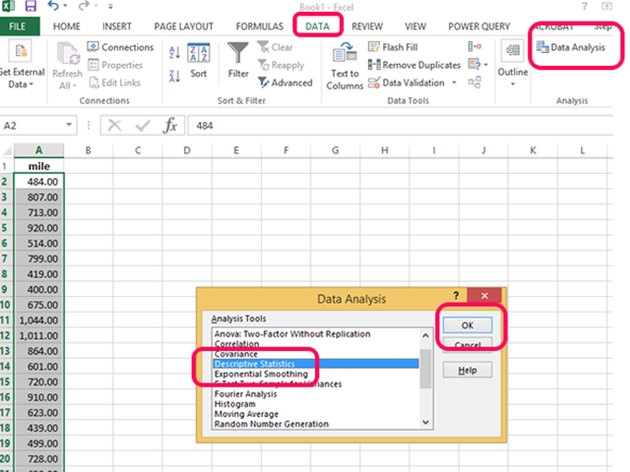

In this step, we tell Excel what to look for. This is one of the major drawbacks of VLOOKUP, and for this reason, it’s highly recommended to use INDEX MATCH instead of VLOOKUP. In the “bad table” example you’ll see there is an error message, as the columns are not in the right order. In the above VLOOKUP example, you will see that the “good table” can easily run the function to look up “Bananas” and return their price since Bananas are located in the leftmost column. VLOOKUP works in a left to right order, so you need to ensure that the information you want to look up is to the left of the corresponding data you want to extract. The first step to effectively using the VLOOKUP function is to make sure your data is well organized and suitable for using the function. How to use VLOOKUP in Excel Step 1: Organize the data

The VLOOKUP function uses the following arguments:

To translate this to simple English, the formula is saying, “Look for this piece of information, in the following area, and give me some corresponding data from another column”. =VLOOKUP(lookup_value, table_array, col_index_num, ) Learn how to do this step by step in our Free Excel Crash Course! In simple terms, the VLOOKUP function says the following to Excel: “Look for this piece of information (e.g., bananas), in this data set (a table), and tell me some corresponding information about it (e.g., the price of bananas)”. Google Chrome book or Excel online version does not have the option to install the Data Analysis Tool Pak.The VLOOKUP Function in Excel is a tool for looking up a piece of information in a table or data set and extracting some corresponding data/information. To use the Data Analysis Tool to create a Frequency table and Histogram, it must be installed in a Desktop version of Excel.


 0 kommentar(er)
0 kommentar(er)
